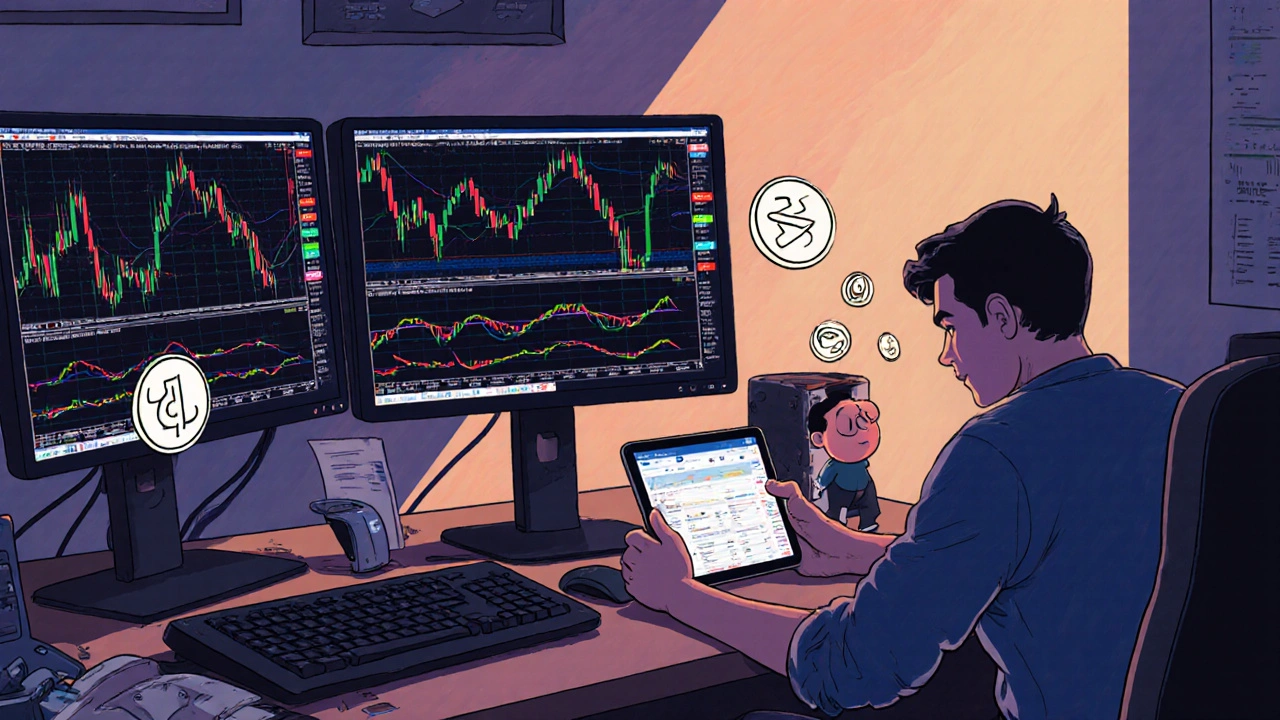Trading Software: Tools, Platforms, and What Actually Works for Real Investors
When you’re trading stocks, ETFs, or crypto, your trading software, a digital platform that lets you analyze markets, place orders, and manage positions. Also known as trading platforms, it’s not just a place to click buy and sell—it’s your command center. If your software doesn’t give you clear charts, fast execution, or real-time data, you’re trading blind. And no, flashy colors and pop-up notifications don’t count as tools.
Good trading software, a digital platform that lets you analyze markets, place orders, and manage positions. Also known as trading platforms, it’s not just a place to click buy and sell—it’s your command center. doesn’t just show you price movements—it helps you see why they move. That means candlestick charts, volume heatmaps, and technical indicators like RSI or Bollinger Bands aren’t optional extras. They’re the difference between guessing and knowing. And if you’re automating trades, your software needs to support backtesting and alerts without crashing when the market gets wild. Most free platforms fail here. The ones that work—like those used by serious retail traders—let you set custom alerts for earnings, Fed announcements, or breakouts. That’s not luck. That’s strategy.
Don’t confuse trading software with investing apps. If you’re using something that only lets you buy one stock a month and calls it "investing," you’re not trading. Trading software is built for action: fast order types, margin controls, level 2 data, and the ability to manage multiple positions at once. It’s the same tool that helps someone use a stop-loss order, an automated instruction to sell when a price hits a set level, protecting capital without emotional hesitation while someone else sets up a dollar-cost averaging, a strategy of investing fixed amounts at regular intervals to reduce timing risk routine. Both need reliable software, but they use it differently.
What you’ll find in this collection isn’t a list of the "best" apps. It’s a look at what actually delivers results. You’ll see how real traders use trading software to time Fed Days, protect portfolios with options, and avoid costly mistakes with mental stops. We cover platforms that handle everything from basic ETF trades to complex hedging strategies—no fluff, no affiliate hype. If a tool doesn’t help you make better decisions, faster, it’s not worth your time. Here’s what works, what doesn’t, and why most people waste money on software that doesn’t fit their style.
Broker Desktop vs Web Platforms: Which One Gives You Real Trading Power?
Desktop platforms offer power and precision for active traders, while web platforms deliver convenience and accessibility. Learn which one fits your trading style and why most brokers now support both.
View More